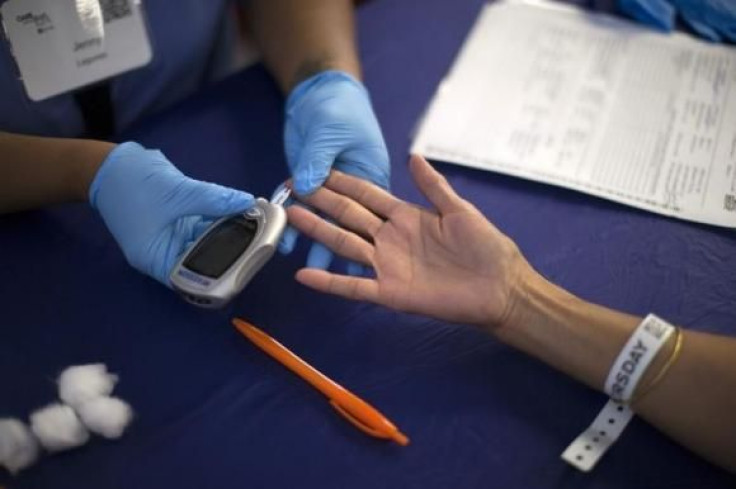New artificial pancreas to help diabetics set for final tests to secure FDA approval

Artificial pancreas, which has been developed to help people with type 1 diabetes, automatically monitors and regulates blood-sugar levels. It is set for final tests to secure the approval of the US Food and Drug Administration (FDA) and other international regulatory groups. The device will undergo two clinical trials in early 2016 across Europe and the US to see its safety and efficacy.
The artificial pancreas, developed by researchers from the University of Virginia School of Medicine, was designed to eliminate the need for patients to use test strips multiple times each day to check blood-sugar levels and to manually inject insulin. The new device can help monitor and adjust insulin delivery for the patients.
The device uses a reconfigured smartphone-running advanced algorithms wirelessly connected to a blood-sugar monitor and an insulin pump, along with a remote-monitoring site. It will be tested at nine locations using a more than $12.6-million grant from the National Institutes of Health (NIH).
The first trial will involve 240 patients with type 1 diabetes to examine the safety and effectiveness of the device for six months. Researchers will also compare the device with a standard insulin pump.
For the second part, 180 patients, who completed the first trial, will be monitored for an additional six months to examine the algorithm the device uses and identify if it can improve blood sugar control. The artificial pancreas will also be tested at eight additional universities in the US and Europe.
"To be ultimately successful as an optimal treatment for diabetes, the artificial pancreas needs to prove its safety and efficacy in long-term pivotal trials in the patient's natural environment," said Dr Boris Kovatchev, director of the UVA Centre for Diabetes Technology and leader of the first trial.
"Our foremost goal is to establish a new diabetes treatment paradigm: the artificial pancreas is not a single-function device; it is an adaptable, wearable network surrounding the patient in a digital treatment ecosystem."






